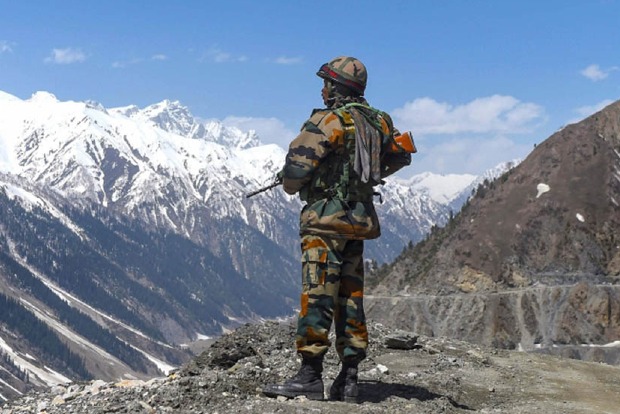Editorial: Use kid gloves in Ladakh
And now in Ladakh, the boiling over of an essentially peaceful agitation for separate statehood into a revolt by young people underlines the Centre’s distinct lack of inclination, or perhaps talent, or perhaps both, for dialogue with local actors in strategic provinces

The outbreak of violence in Ladakh is yet another example of the BJP-led Union Government’s inability to keep our borderlands peaceful. While Punjab is relatively quiet now after the gratuitous meddling by New Delhi in 2023 and 2024, Jammu & Kashmir continues to be on edge since the state was sundered into two Union Territories in 2019. Manipur remains on the boil despite the Prime Minister’s visit there two weeks ago. In Bengal, the BJP’s shrill alarm over demographic changes in the northern districts is vitiating the atmosphere in the state.
And now in Ladakh, the boiling over of an essentially peaceful agitation for separate statehood into a revolt by young people underlines the Centre’s distinct lack of inclination, or perhaps talent, or perhaps both, for dialogue with local actors in strategic provinces. At a time when India is engaged in border hostilities with Pakistan and China and is surrounded by unrest in Nepal, Sri Lanka and Bangladesh, the need for tact and diplomacy can hardly be stressed too much.
The present trouble in Leh could have been avoided had the Union Home Ministry engaged meaningfully with the Leh Apex Body (LAB) and the Kargil Democratic Alliance (KDA), whose activists launched a hunger strike led by activist Sonam Wangchuk on September 10. Instead, it responded with batons, tear gas and live fire when local youngsters entered the agitation. Four people have died, dozens have been injured, and curfews have paralysed life in the Union Territory. In the context of the Gen Z revolution in Nepal this month, the risks of a high-handed response to a popular and peaceful agitation cannot be overstated. As Wangchuk warned before ending his fast on Wednesday, New Delhi ought to have dealt with the situation with more tact and restraint.
When Article 370 was revoked in 2019 and Ladakh was declared a Union Territory with a promise of statehood in due course, it stoked local aspirations for better prospects in terms of employment and control of resources. Instead, that promise remains undelivered after six years. Governance is run directly from the Centre, leaving Ladakhis with no say in their affairs. Unregulated tourism is upsetting the balance of a fragile ecosystem. Corporate companies are being permitted to exploit local resources, generating misgivings in the local population.
The current protests have brought three demands to the fore: full statehood, inclusion in the Sixth Schedule of the Constitution, and stronger representation in Parliament. Statehood would give Ladakh a legislature and a platform to hold its leaders accountable. Sixth Schedule protections would safeguard land and resources in a region that is ecologically fragile and culturally distinct. Separate parliamentary constituencies for Leh and Kargil would ensure that the separate interests of both sub-regions — Buddhist-majority Leh and Muslim-majority Kargil — are better represented.
Ladakh is a crucial border province with demands that are not extravagant or separatist. New Delhi needs to do more than wield a sledgehammer there. While it has built infrastructure, stationed troops and retained direct control in the name of national security, it needs to be more accommodative of local aspirations. To treat the region only as a military buffer is to miss the point. Without the trust and cooperation of the people of Ladakh, India’s national security is never going to be served.



